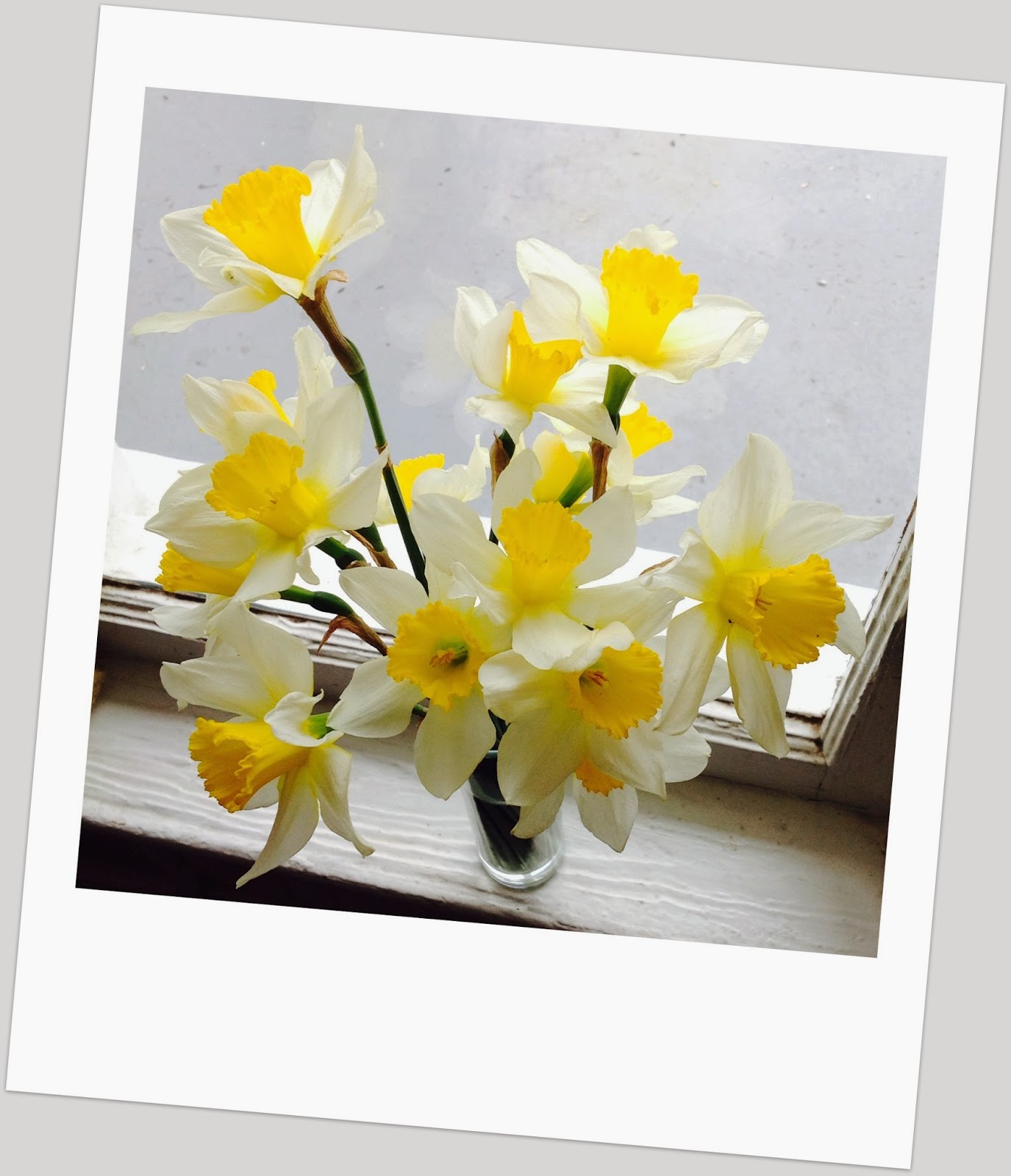“There is some kind of a sweet innocence in being
human - in not having to be just happy
or just sad - in the nature of being able to be both broken and whole, at the
same time.” – C. Joybell C.
This is a difficult time of year
for me. The fun and festivity of the holidays is long gone and spring
seems far away. The brief bright days we get now and then only tantalize, and accentuate
how bleak, cold and dreary the gray days are. I feel cold, bone cold; it’s hard
to muster a positive mood or a good attitude. I know I am well blessed and I’m thankful
for that, in a quiet, gloomy sort of way – think Eeyore in Winnie the Pooh and
you have me on a March day.
I’ve struggled through late winter and early spring for
years. For a while I thought it was depression, but the fact that it always goes
away once the days become consistently warm tells me I suffer from something more
temporary. Being S.A.D. as in having Seasonal Affect Disorder makes more sense.
This is a state brought on by a shortage of Vitamin D, which is caused by too
little time in the sun.
The suggested remedies for S.A.D. include spending time near
a box lit with natural light, replacing regular light bulbs with all-spectrum
ones, taking Vitamin D supplements and spending more time in the sparse late
winter sun. If these things fail (and I find they do) seeing a therapist,
taking antidepressant drugs and/or going on a cruise are next on the potential
cure list. In lieu of doing any of those things, I pick daffodils, almost
daily. Their cheery bright yellowness lessons my gloom and I feel warm when I
look at them.
Daffodils bloom all over Barrow County and as I pick them, I
wonder how they got to the places where they grow. Daffodils aren’t native and don’t
grow naturally; someone had to plant them. Who, when and why? So many untold stories
in those bouquets of light, growing in such abundance along the roadside, in
abandoned lots and in fields where oblivious animals graze.
Before I discovered daffodils during these S.A.D. days, I wrestled fiercely with my depression. I alternated fighting and trying to conquer it, with applying reason in an effort to will it away. Nothing worked; my S.A.D. got bigger and bleaker every year.
Then I discovered The Black Dog. William Styron, the author, called his depression “The Black Dog.” That was his way of naming it, putting a face on it and coming up with a way to coexist with it. I liked that idea and so the next time my own Black Dog came around, silently slinking his way onto the porch of my S.A.D. mind, I let him in, gave him a name and eventually adopted him. This seems to be just what he was waiting for because since we’ve come up with this arrangement he’s much gentler with me.
My Black Dog usually shows up in mid-to-late January. Occasionally,
he appears later - a few times so much later that I thought he’d found someone
else’s S.A.D. door to darken. But no, there he came, never to be forgotten, as
predictable as the blooming of those daffodils.
It may be surprising that one can develop a consistent and
respectful relationship with one’s depression, but over the years my Black Dog
and I have forged just that. He lets me work, and feed the bright red cardinals
in my yard, and gather daffodils by the side of the road. And, I let him stay, ever
present, on the couch near my computer desk, in the back seat of the car, at my
feet in the kitchen, on a rug near the fire.
Our relationship is not a forced one; we know our time together
is temporary. I accept The Black Dog and he stays in his place. There was a
time when he’d try to take control, but as I became more comfortable with his
visits – remembering they are always finite – he became a less pushy and manipulative
guest. Now we simply coexist, knowing that as soon as April comes and the
dogwoods bloom, my Black Dog will lope off, to return only when the cold winds
kick up again.
If you’ve known the privilege of having an old (real) dog as
a companion, you’ve seen the determination and optimism with which dogs deal
with aging, aches and pains. They face this adversity with a consistency equal
to the brightness of those daffodils. No matter how tired and sore they become,
they greet each day with hope and the obvious will to continue on.
Maybe this is why I have accepted my Black Dog as the companion
that he’s become. Learning to accept and coexist with him has helped me see
that I, too, can face adversity with consistency, determination and optimism.
And, so here my Black Dog lies, always near, keeping his
dark vigil until spring and its message of hope return. Some nights, when the
wind is whipping fiercely or the sky is particularly dark, I am comforted by the
sound of his tail thump thumping at the foot of my bed. Just like those
daffodils, he soothes my sad heart and I fall back to sleep listening to the
soft sound of his breathing, knowing that he’s dreaming of the adventures he’ll
have, once he leaves my side once more.



